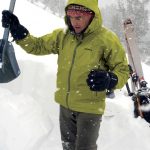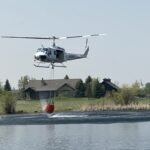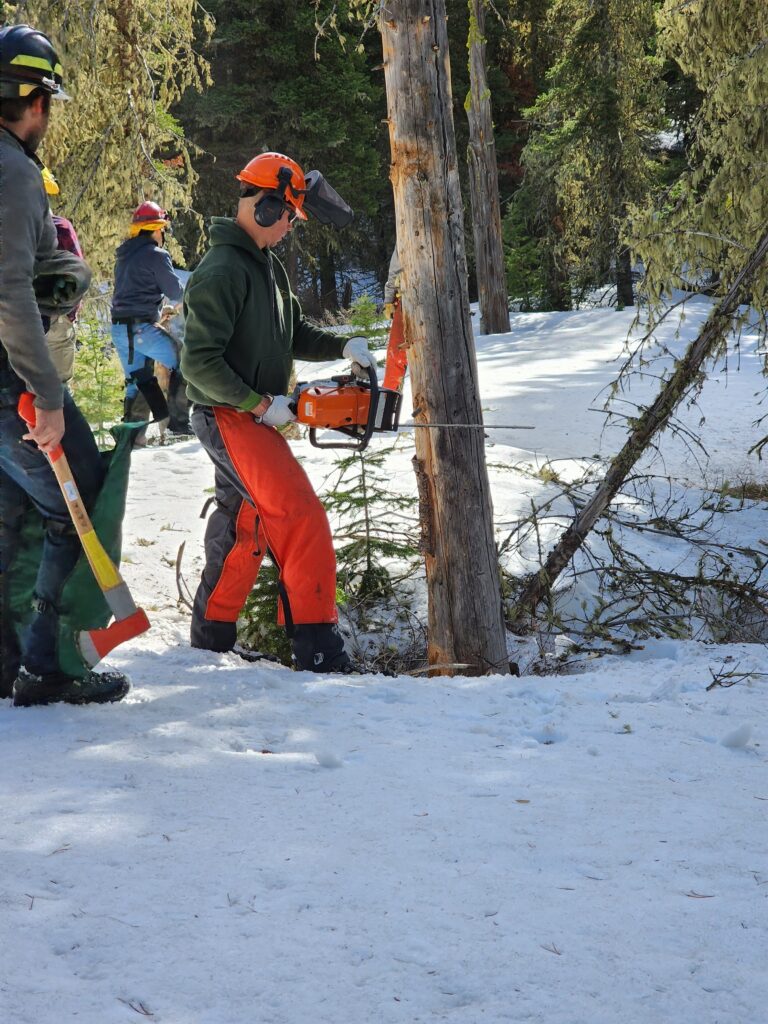
Cell Service in Bridger Canyon…
Until April cellular service in Bridger Canyon was spotty at best, but that all changed recently. At the end of the ski season a cellular site was turned on at Bridger Bowl providing service for both Verizon and T-Mobile customers. Now phones work reliably within a couple miles of the ski area and the higher in the mountains you get, the wider the coverage is.
This doesn’t negate the importance of being properly prepared when you recreate in Bridger Canyon. Accidents still happen and it can take a long time to get help to you, so be prepared to be self sufficient when you go out.
- Tell someone where you are going.
- Be prepared for the weather and have emergency supplies.
- Plan ahead and have a contingency plan. If something does happen, stay put!
The Mountain Rescue Association recommends travelling with the following “10 Essentials” for summer travel:
1. Topographic map and magnetic compass
Too often, backcountry users venture deep into the backcountry without a map and compass. The fact that they are able to safely venture back out is usually pure
dumb luck. With a map and compass, it is much easier to identify your location and direction of travel. This is especially important in the event that you become lost.
2. Flashlight (with extra batteries and bulb)
How far do you suppose you could safely travel at night in the backcountry without a flashlight? Could you signal others, if you saw a campsite far away? A flashlight makes travel at night possible and aids in signaling when lost.
3. Extra clothing (including mittens, hat, jacket and rain gear)
Hypothermia is the most common killer of backcountry users. Inability to maintain body heat can quickly rob an unsuspecting victim of all energy and common
sense. Since severe weather may present itself very quickly in the backcountry, extra clothing should be carried to help maintain body heat.
4. Sunglasses
Especially in the winter, ultraviolet glare from the sun can cause blindness. Worst of all, the backcountry user may not realize this is happening until it is too late. A good pair of sunglasses, designed to limit ultraviolet light, will eliminate this risk.
5. Extra food and water
These items will maintain energy levels in the case of an emergency and help maintain body temperature in cold weather. While you can survive three days without water and three weeks without food, your energy levels will be seriously
depleted without these.
6. Waterproof matches in waterproof container
Waterproof matches, available from most backcountry supply stores, are capable of igniting in high winds and/or blinding rain. Building a fire may be impossible
without these. Fires are critical since they not only provide heat, but also make the job of search and rescue teams easier by providing a visible signal.
7. Candle/Fire starter
A candle burns much longer than does a match. This is helpful when trying to start a fire, especially if your firewood is wet.
8. Pocket knife
There are a multitude of applications for a pocketknife in emergencies. The common Swiss Army Knife is so-called because it is standard issue for the Swiss Army, which has devised 246 uses for their standard 7-instrument knife.
9. First aid kit
Proper first aid care is difficult, if not impossible, without a good first aid kit.
Backcountry shops carry several brands of small, lightweight first aid kits including small first-aid manuals.
10. Space blanket or two large heavy-duty trash bags
These items can help provide shelter in an emergency situation and can be used as a raincoat or a windbreak. The additional warmth they provide far outweighs their minimal weight.
Source: General Backcountry Safety, MRA


 Next Post
Next Post


